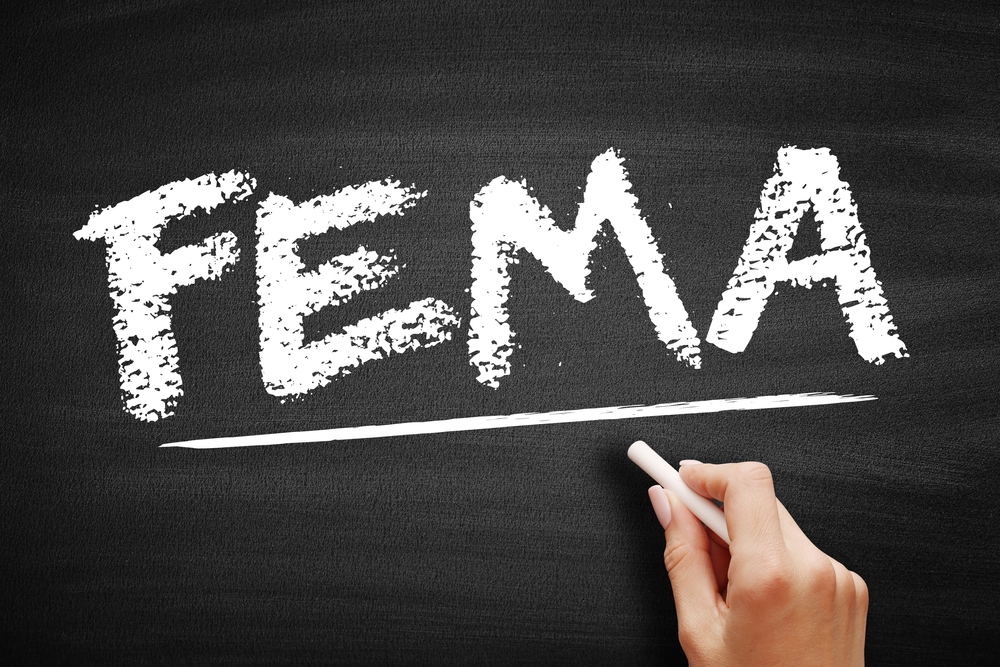The Federal Emergency Management Agency (FEMA) plays a critical role in disaster preparedness, response, recovery, and mitigation across the United States. Established in 1979, FEMA is tasked with coordinating federal assistance during emergencies, from natural disasters like hurricanes and wildfires to public health crises and other large-scale disruptions. Here’s an in-depth look at FEMA’s work and the key updates shaping its approach in 2025.
What Does FEMA Do?
FEMA operates under the Department of Homeland Security (DHS) and serves as the primary federal agency for disaster management. Its responsibilities include:
- Disaster Preparedness: FEMA collaborates with state and local governments to create disaster response plans and provide training.
- Emergency Response: When disasters strike, FEMA coordinates federal resources to support affected communities.
- Recovery Assistance: The agency offers financial aid to individuals and businesses for rebuilding efforts.
- Mitigation Projects: FEMA funds initiatives aimed at reducing the impact of future disasters, such as flood control systems and wildfire prevention programs.
What’s New for FEMA in 2025?
1. Expanded Disaster Assistance Programs
In 2025, FEMA is offering enhanced financial support for families and businesses affected by disasters. Recent updates include:
- Higher Individual Assistance Caps: FEMA increased the maximum grant amounts available for emergency housing, personal property, and medical expenses.
- Streamlined Applications: New digital tools make it faster and easier for survivors to apply for aid and receive payments.
2. Climate-Focused Initiatives
Recognizing the growing impact of climate change, FEMA is prioritizing mitigation strategies. Key programs include:
- Resilient Infrastructure Grants: Funding for climate-adaptive infrastructure such as seawalls and wildfire-resistant construction.
- Community-Based Mitigation Projects: Grants to help communities prepare for rising risks from floods, heatwaves, and other climate-related disasters.
3. Improved Emergency Response Technology
FEMA is leveraging cutting-edge technologies to respond more effectively to disasters:
- AI and Predictive Analytics: Tools to forecast disaster impacts and allocate resources proactively.
- Drones and Robotics: Enhancing search and rescue operations in inaccessible areas.
How to Access FEMA Assistance
If you’ve been impacted by a disaster, here’s how you can seek help from FEMA:
- Apply Online: Visit www.disasterassistance.gov to check eligibility and start your application.
- Call the Helpline: Dial 1-800-621-FEMA (3362) for support.
- Visit a Disaster Recovery Center: FEMA establishes local centers in disaster-affected areas to provide in-person assistance.
Criticism and Ongoing Improvements
While FEMA has made strides in disaster management, it continues to face challenges, including delays in aid distribution and resource gaps during large-scale emergencies. In response, FEMA is investing in stronger partnerships with state and local governments and expanding its workforce for faster deployment.




